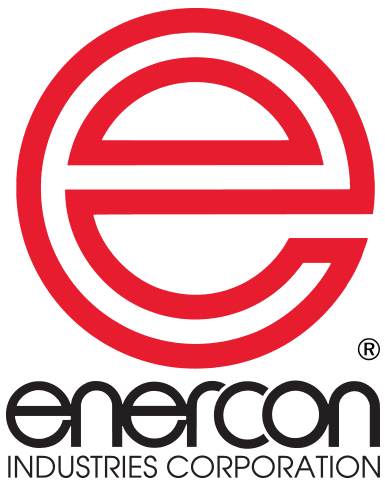Reduce Downtime with Enercon’s New Removable Electrode Cartridge Assembly Featuring Quick Disconnect Electrodes
In this new webinar, Enercon’s Mike McConnell shares insights on Enercon’s latest corona treater innovation. The New Removable Electrode Cartridge Assembly helps converters reduce downtime with a design that provides operators with new options for performing maintenance and replacing electrodes. Learn how the new design: Enercon engineers have retained all the features of the previous…
Read MoreEuropean Corona Treaters Replaced by USA Made Enercon Treaters at Midwest Converter for Performance & Support
For many Enercon customers there is no compromise when it comes to surface treating. We recently spoke with a converter in the Midwest who has specified Enercon for all of their surface treating needs. Their applications include blown film, flexographic printing, extrusion coating and solventless laminating. “The Enercon equipment is reliable, easy-to-use, and you can’t…
Read MoreComexi Selects Enercon Corona Treaters for Printers & Laminators for Center of Technology in Miami, Florida
Enercon Industries Corporation is pleased to announce that Comexi has selected Enercon Corona Treaters for their newest laminating and printing lines at their Center of Technology in Miami, Florida in the USA. Carles Rodríguez i Nieto, Vice President of Comexi North America says, “We use our Center of Technology to showcase our latest equipment designs…
Read MoreEnercon Introduces New Corona Treater Electrode Assembly for Reduced Downtime
Enercon is pleased to announce a new Removable Cartridge with Quick Disconnect Electrodes that minimizes downtime when replacing corona treater electrodes and performing routine maintenance. The innovative design is available with new corona treaters and as a field upgrade for existing treaters. See a demonstration of the new Removable Cartridge with Quick Disconnect Electrodes. “Enercon…
Read MoreNick Lucka Promoted to Service & Support Manager
Enercon Industries Corporation is delighted to announce the promotion of Nick Lucka to the role of Service and Support Manager. In this new position, Lucka will oversee Enercon’s Field Service Engineers & Support Technicians who provide comprehensive phone support, field service, and start-up assistance to Enercon customers. Enercon’s Service & Support Team is the largest…
Read MoreThe Ten Commandments of Corona Treating Success
Gain insider knowledge and practical tips as we reveal the golden rules that distinguish companies achieving consistent, reliable corona treater performance from those that struggle with consistent results. In just one session, discover the critical factors that can transform your operations and ensure your equipment delivers peak performance every time. This new webinar succinctly covers…
Read MoreCorona, Plasma and Flame Pretreatment for Surface Treating Plastics
Generally, plastics have chemically inert and nonporous surfaces with low surface tensions. This makes them nonreceptive to bonding with inks, adhesives, coatings, and other substrates. Polyethylene and polypropylene for example have very low surface energy. Pretreatment of these and other engineered plastics improves bonding prior to printing, coating, and laminating. The best type of surface…
Read MoreCable Packages Save Time & Money
Enercon offers cable packages to simplify installation, reduce your costs and ensure all connectors and materials satisfy Enercon’s safety and performance standards. Always consult your system manuals and drawings for information specific to their installation. Benefits Shielded Output Power Cables Enercon will provide specially shielded cables securely hardwired to the high voltage transformer input terminal…
Read MoreSoft Close Electrode Assembly Option
Enercon electrode assemblies feature a counter weight which brings the electrode assembly back to the treat position after being retracted or pivoting out of the way of a splice. This protects the electrodes from excessive physical shock which can cause failure. The soft close feature uses a damper to allow for a consistent and gentle…
Read MoreEnercon Ground Roll Options for Ceramic Electrode Corona Treaters
Enercon’s most common ground roll offerings for use with ceramic electrodes are Bare Roll, Bare Roll with a Conductive Ceramic “P” Coating and Universal “H” Roll with a proprietary ceramic coating for producing High Definition Corona. Enercon Roll Types and Coverings Bare Roll Enercon’s Bare Roll ground rolls are engineered to work with Enercon’s ceramic…
Read More










